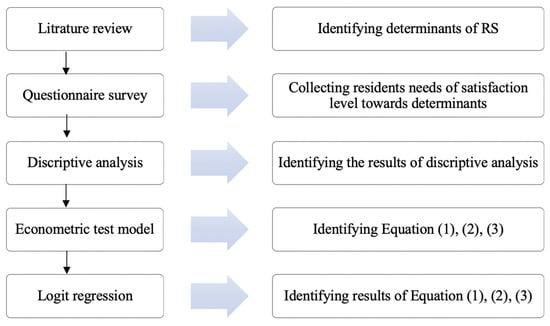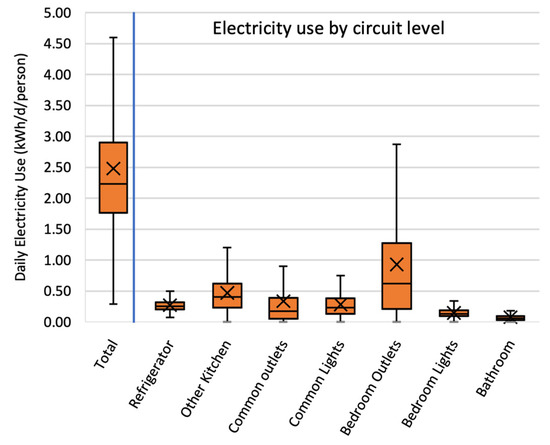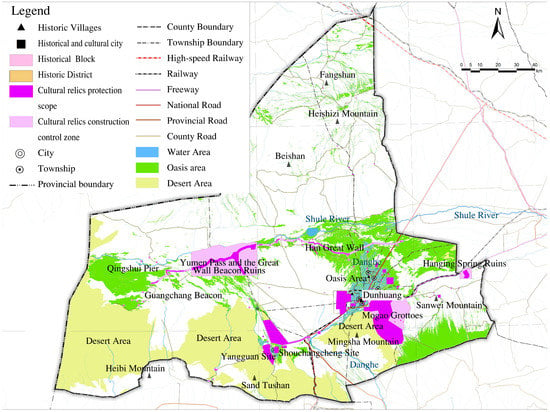Sustainability 2023, 15(5), 4233; https://doi.org/10.3390/su15054233 - 27 Feb 2023
Cited by 3 | Viewed by 2612
Abstract
►
Show Figures
In the live streaming transactions, the subject’s trading breach of trust frequently appears, which affects the healthy development of the industry. Therefore, from the perspective of internal supervision and governance, aiming at the interest relationship, behavior strategy, and game relationship between the live
[...] Read more.
In the live streaming transactions, the subject’s trading breach of trust frequently appears, which affects the healthy development of the industry. Therefore, from the perspective of internal supervision and governance, aiming at the interest relationship, behavior strategy, and game relationship between the live platform and the anchor and brand, this paper constructs a multi-stage honest transaction game model of the three behavior strategies, establishes a dynamic credit index mechanism, proposes a complaint compensation and cost-sharing strategy for breach of trust based on the change in dynamic credit index, and explores the influence of relevant parameters on the trading strategies of subjects. The research found that the internal penalty factor and the weight of dishonesty cost sharing can effectively restrain the behavior of transaction subjects; and the increase factor of dishonest transaction income is an important factor affecting the choice of behavior strategies of transaction subjects. Coefficients, internal and external penalty coefficients, as well as implementing a governance strategy of parallel rewards and punishments for trading entities, will assist in regulating the behavior of trading subjects.
Full article











